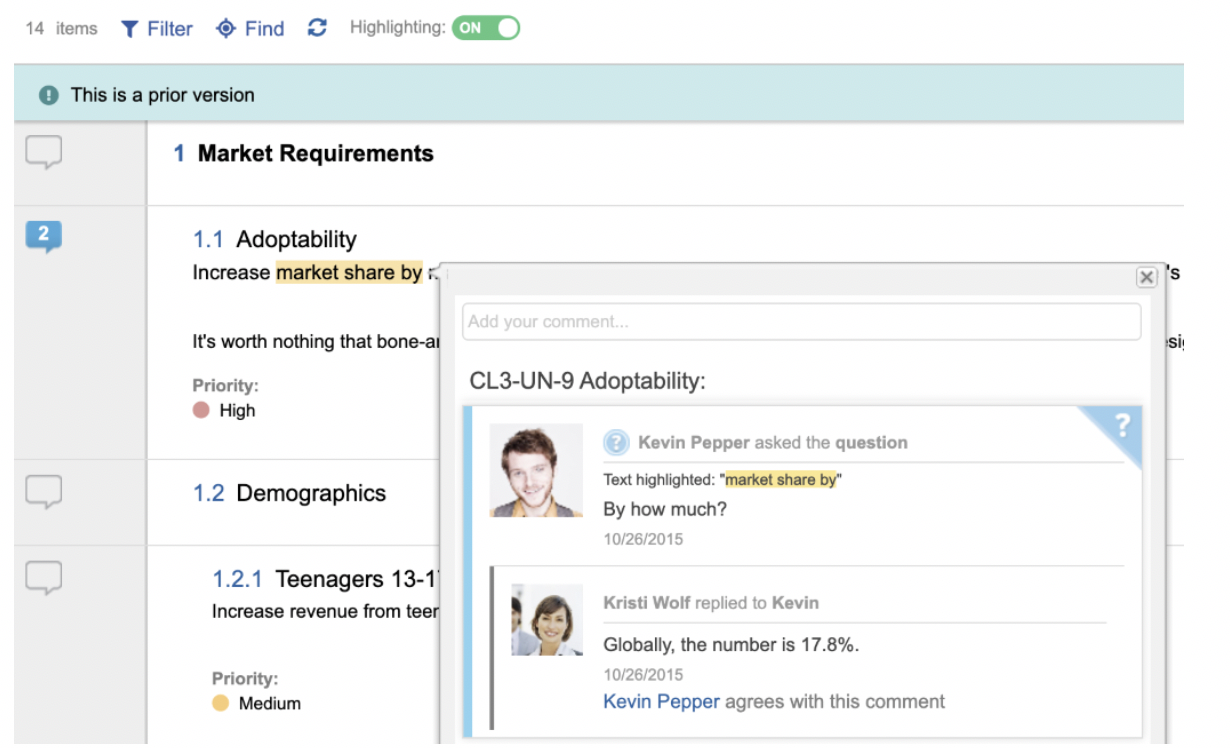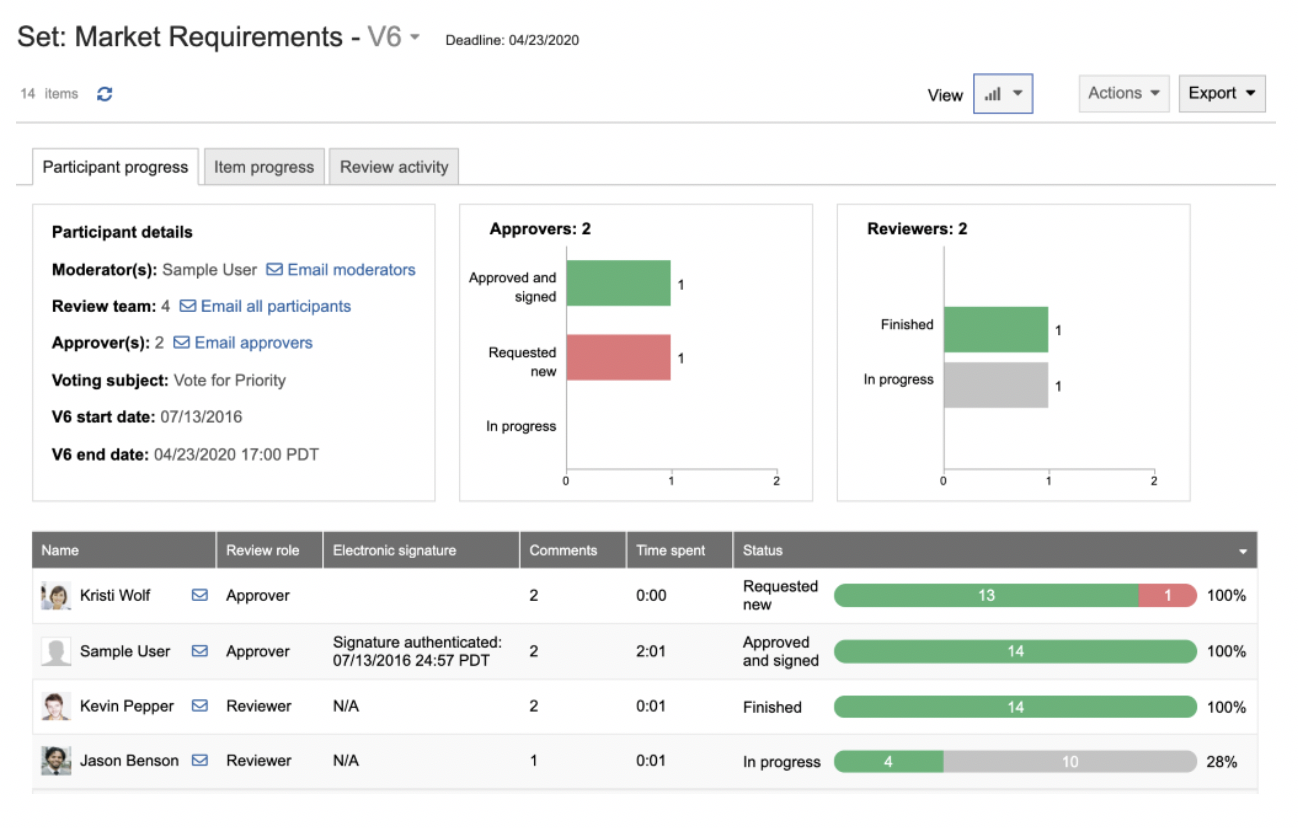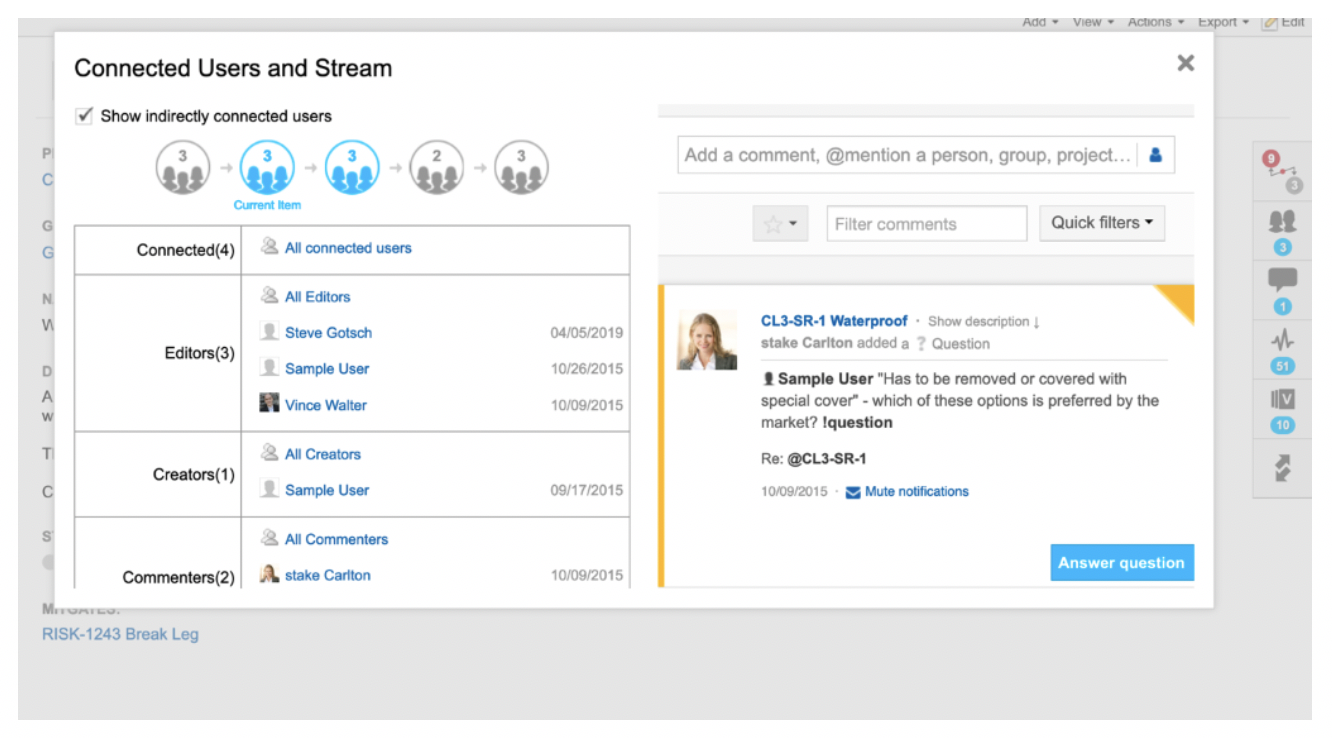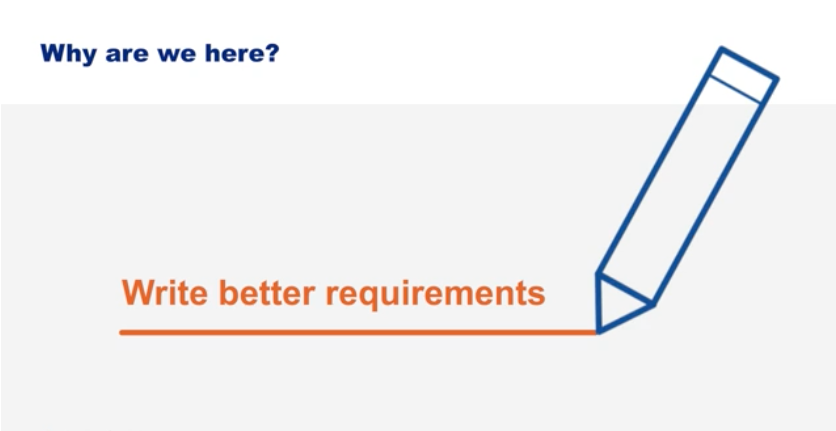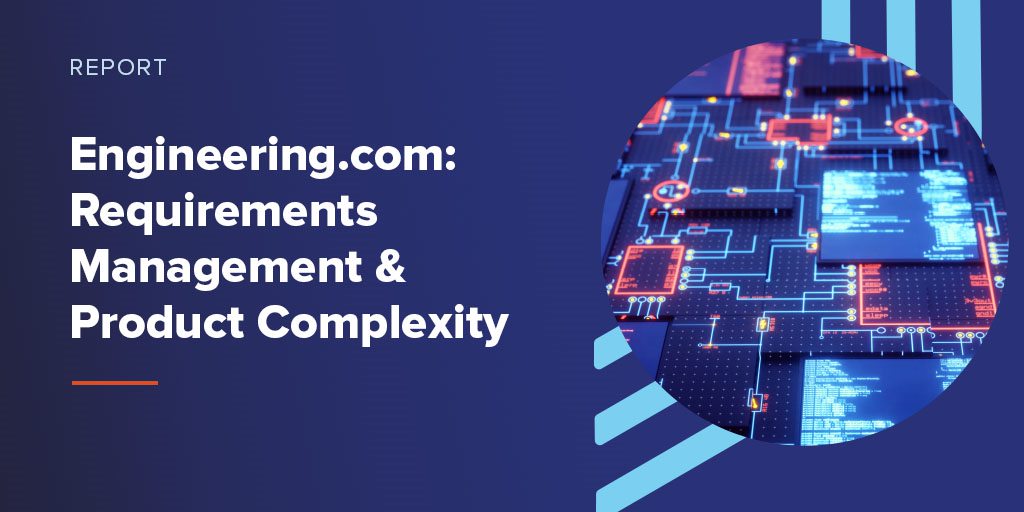What Phases are Needed for Developing a Medical Device?
Developing a medical device is an inherently complex process, and one that’s becoming more complicated all the time. In addition to the increasingly stringent regulatory requirements that must be met for FDA approval and/or EU MDR compliance, medical device manufacturers must also navigate ongoing changes across the industry, including the rise of connected devices within the Internet of Things (IoT).
Making it all the way from initial device discovery and conceptualization through to FDA clearance and launch strategy requires a dedicated team, as well as a risk and requirements management strategy supported by modern tools. Without such solutions in place, the high costs and significant risks of developing a modern medical device become more challenging:
The average cost of development under the Food and Drug Administration’s Premarket Approval (PMA) program is $94 million. For the less strict 510(k) path, it’s still a considerable sum – $31 million.
- Product recalls are more expensive. A McKinsey study estimated the cost of these events at as much as $600 million apiece. Indirect losses from reduced market cap and lost revenue can run into the billions of dollars.
- Medical device security is also paramount in the age of the IoT. Internet connectivity can expose devices to cyberattacks and the healthcare industry is routinely among the most targeted sectors.
To fully account for the relevant challenges and also zero in on corresponding solutions, let’s look at the process a medical device must go through before it reaches patients.
The 5 phases of developing a medical device
Medical device development is a multi-phase process, typically with five main stages. A sample process – this one outlined by the FDA itself – proceeds as follows:
Phase 1: Device Discovery and Concept
There are several overarching questions to answer at this initial stage:
- Is there an unmet need that a new device could potentially satisfy?
- What risks would the device, if brought to market, pose to patients?
- How might those risks translate into the device’s classification?
- Can a proof of concept outline a workable path to regulatory approval?
The classification of the potential device, in particular, will greatly affect the product development process and necessary risk management procedures.
For example, Class I devices are subject only to general controls such as good manufacturing practices and recordkeeping requirements, while higher-risk Class II and Class III devices require additional special controls and PMA, respectively. Accordingly, risk management is more complex for Class II and Class III devices, plus the associated costs are higher.
Phase 2: Preclinical Research and Prototyping
At this point, the device isn’t suitable for human use yet, but it is ready for testing within controlled laboratory environments. Observing the prototype’s performance under these conditions provides some early insights on how it might be used by people, and into what specific risks might accompany it.
Phase 3: Pathway to Approval
The device’s classification/risk level will determine the subsequent steps.
A Class I device such as an oxygen mask has to comply only with general controls, and many devices in this low-risk class are exempt from any premarket submissions. Higher-risk Class II devices, such as pregnancy test kits, must adhere to special controls, like meeting device-specific performance criteria, on top of those general controls.
Non-exempt Class I and Class II devices require a 510(k) Premarket Notification proving “substantial equivalence” with a legally marketed device that isn’t subject to PMA. If such equivalence cannot be proven, the device is placed into Class III.
Class III devices – including those nonequivalents, along with devices that sustain or support life – require PMA, which is the most complex part of developing a medical device. Scientific evidence must be submitted showing that the device’s benefits outweigh its risks and that it will help a significant portion of the population.
Phase 4: Regulatory Review
Once a medical device company has sufficient data on how its device performs and the accompanying risks, it can apply for regulatory review. The exact process will vary by device classification/risk level.
PMA applications entail a thorough review of the laboratories and facilities for production for good manufacturing practices, and an evaluation of the results of related clinical and nonclinical studies. Other processes are simpler.
Phase 5: Post-Market Device Safety Monitoring
After the device reaches the market, it will be continually monitored for possible safety and performance issues. Regulatory bodies may inspect manufacturing facilities again, while consumers and medical professionals can report any observed issues through programs like MedWatch in the U.S. This would be the stage at which a recall would be initiated, if applicable.
Throughout all five phases, development teams will need to maintain many different documents, including design history files for each finished device. To ensure that their work stays on track and complies with key regulatory standards such as ISO 13485, ISO 1497, and EU MDR provisions, it makes sense to create a single source of truth that supports scalable, efficient requirements management.
Upgrading requirements management for modern medical device development
Providing a medical device’s compliance can be complex. Traditional document-driven models are not ideal for this purpose, either, as they can involve many discrete spreadsheets and other files that take a long time to retrieve, review, and organize. The inefficiency of these workflows also complicates the traceability of development activities back to requirements.
In contrast, a centralized platform, with all key information in one place, can provide clearer insight into design controls for device requirements and related risks. Teams can use Jama Connect to gain real-time visibility into how design inputs have been met and verified, providing necessary evidence from the design control process, for better-informed decision-making and a more streamlined overall development process.
Defects can also be identified earlier and more reliably, curbing the risk of noncompliance and recalls. To learn more about we can help support your medical device projects, get in touch with a Jama Connect expert today.
we’ve compiled some helpful resources all in one spot!
LEARN MORE



